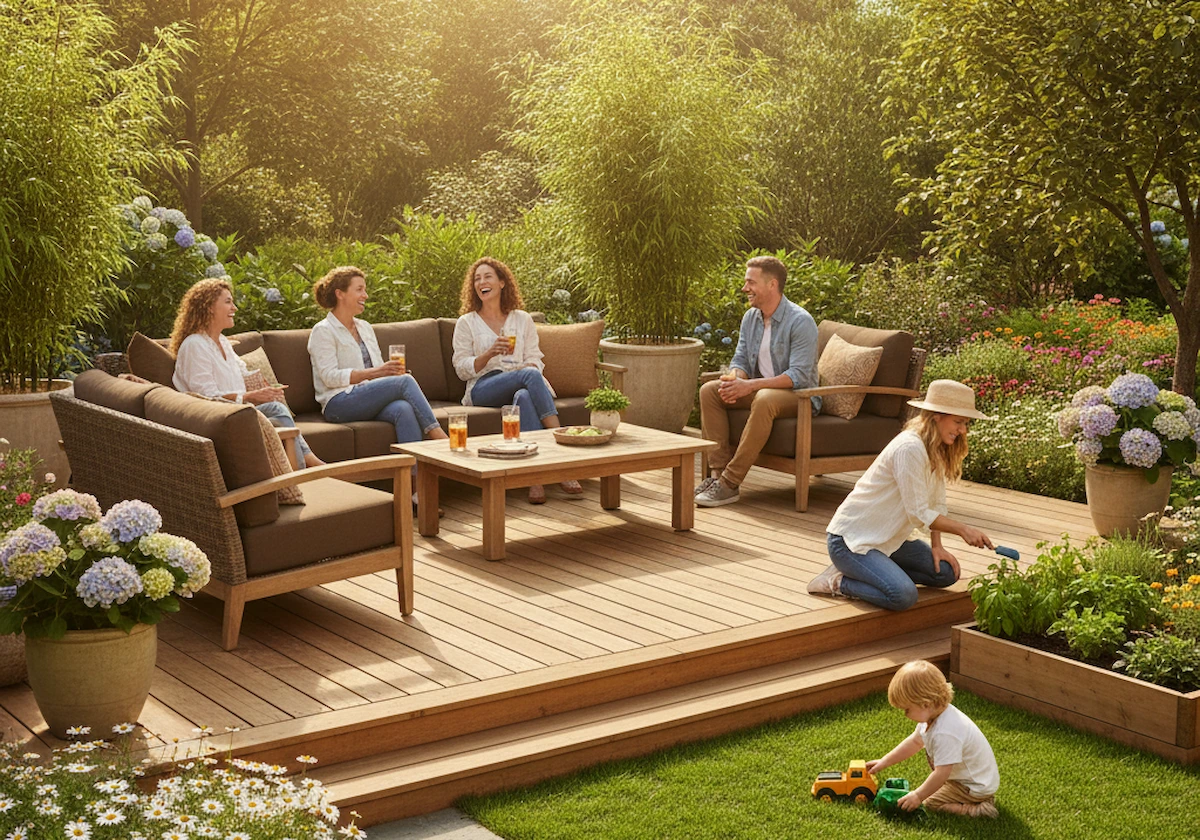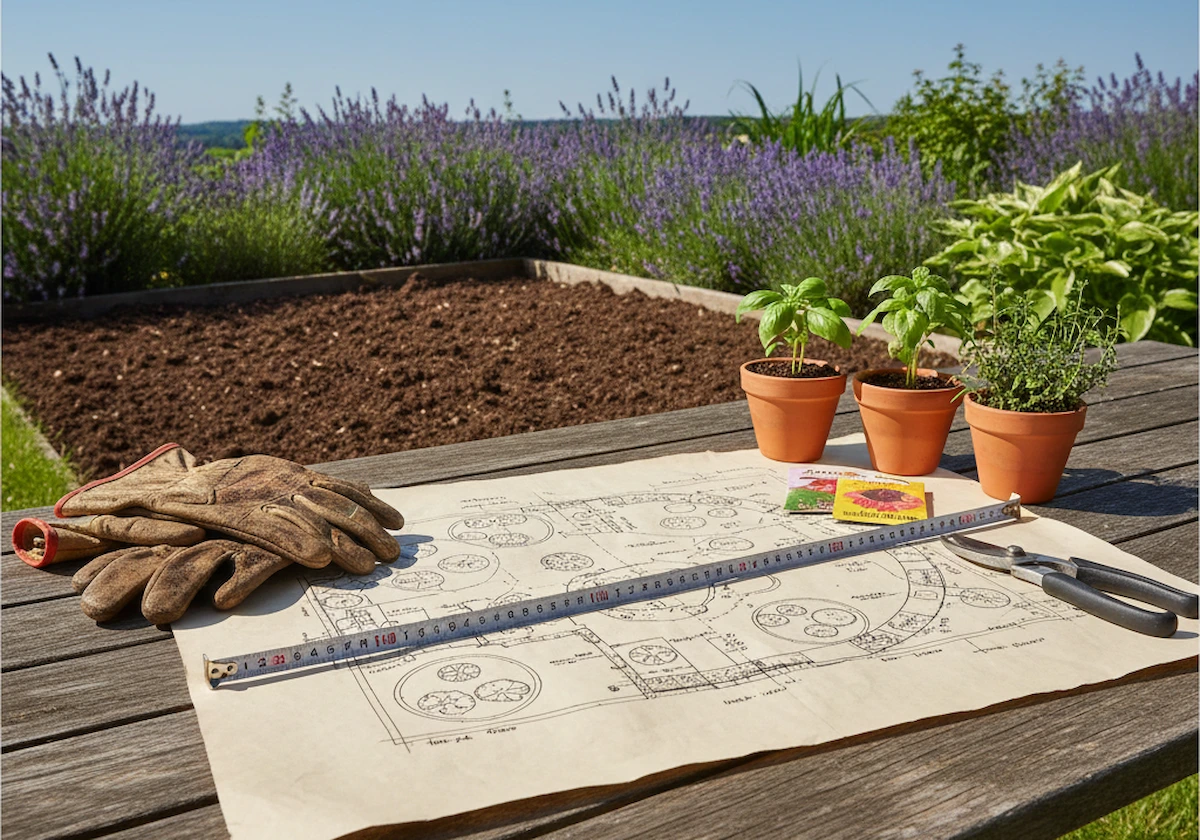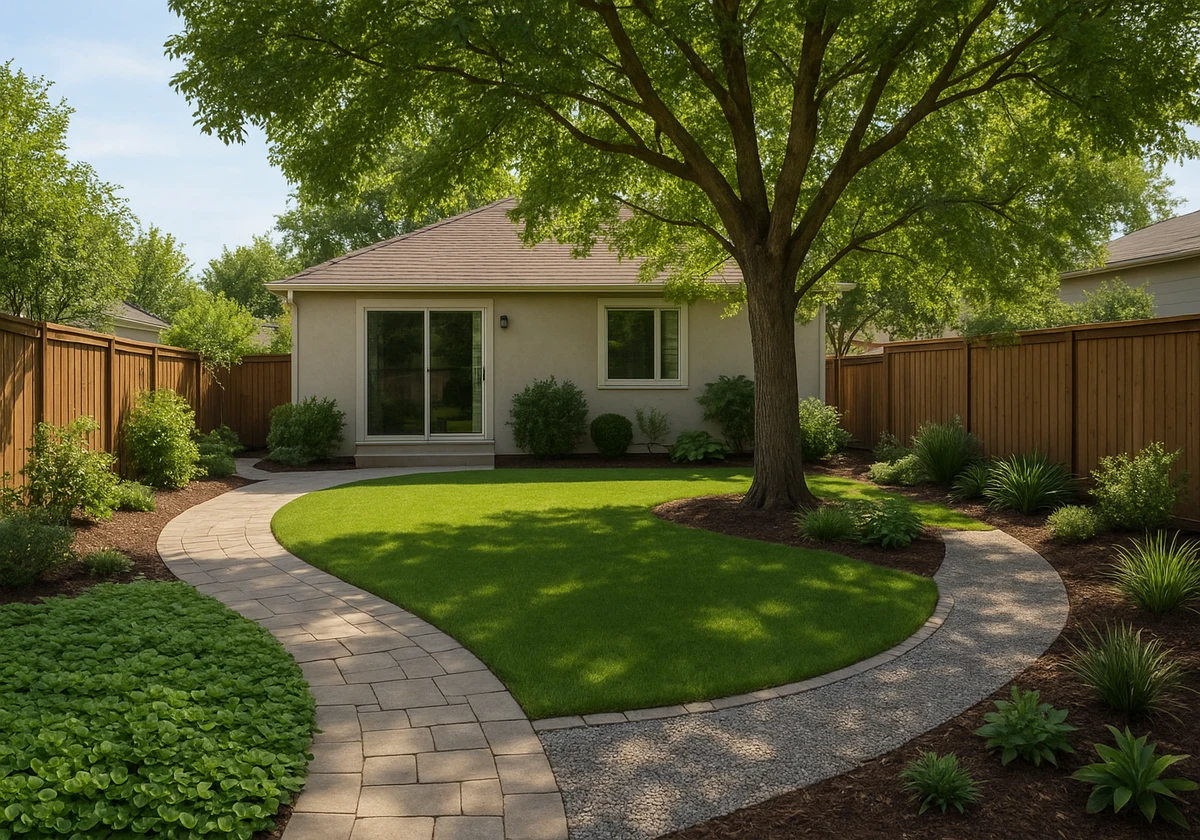Does the thought of staring at your boring backyard filled with nothing but grass make you want to hide indoors? You’re definitely not alone.
You’d be surprised at how many Australians love the idea of creating that perfect outdoor space but have no clue where to start with hardscaping. All those ideas about stone patios, garden beds, and fire pits sound amazing until you’re standing there completely lost!
Don’t worry, good planning makes your backyard an entertaining paradise. These hardscaping tips will help you build natural flow between your garden and outdoor kitchen areas.
The following guide shows you planning strategies and material choices. By the end, you’ll build that outdoor space that makes the neighbours seriously jealous.
Ready to learn more? Let’s get started with us.
Stone Paving Essentials That Work Every Time
Stone paving separates the pros from the amateurs in hardscaping projects. You can spot quality work from a mile away, just like you can spot the disasters where stone pavers have shifted and cracked within two years.
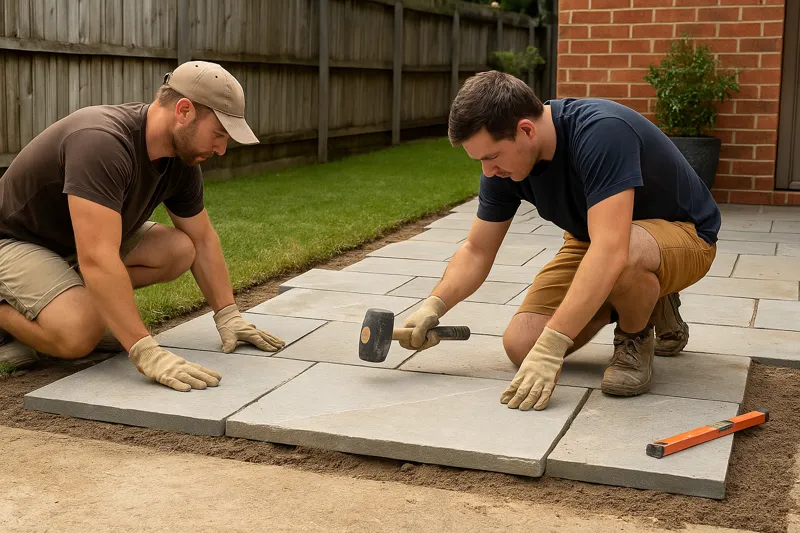
Success comes down to understanding Australian conditions:
Selecting Natural Stones That Last
Forget imported materials that buckle under our weather. Local sandstone and bluestone are proven winners. These stone pavers expand and contract naturally without the drama. They’ve survived millions of Australian summers and winters already.
Installation Tips That Save Money
Your base layer is everything. Seriously, spend the money here, or you’ll spend double fixing it later. The bottom line is that proper road base compaction wins over shortcuts every single time.
Simple Care for Beautiful Results
Your natural stones need sealing every couple of years at most. For regular cleaning, basic soap and water work better than harsh chemicals. Meanwhile, those expensive stone treatments usually do more harm than good.
Now that your stone foundation is solid, it’s time to build upwards.
Building Retaining Walls Without the Headaches
Most people think retaining walls are either impossibly complicated or ridiculously expensive. The truth is somewhere in the middle. You can build functional retaining walls without breaking the bank or calling in structural engineers for every little thing.
Here’s your step-by-step approach that works:
1. Getting the Paperwork Right: Contact your local council first about height limits and building permits. Remember that walls over one metre typically need approval, and boundary walls have special rules to follow.
2. Choosing Your Materials: Concrete blocks are your budget-friendly champion for retaining walls under two metres high. Yet natural stone looks better but costs significantly more upfront, so weigh your priorities carefully.
3. Foundation Preparation: Your wall’s success depends entirely on what you can’t see below ground. The first step involves digging your foundation trench at least 150mm deep. Next, use a compacted road base and ensure proper drainage behind the wall.
4. Building It Right: Patience during construction saves thousands in repairs later. This means working in layers while checking your levels religiously. Also, install drainage pipes as you build and backfill with gravel before adding soil.
Strong retaining walls not only provide essential support but also refine the look and function of your outdoor space.
Creating Your Dream Outdoor Kitchen and Fire Pit
Picture yourself hosting the perfect evening with flames dancing in your fire pit while delicious aromas drift from your outdoor kitchen. This dream becomes reality when you plan these features properly from the start.
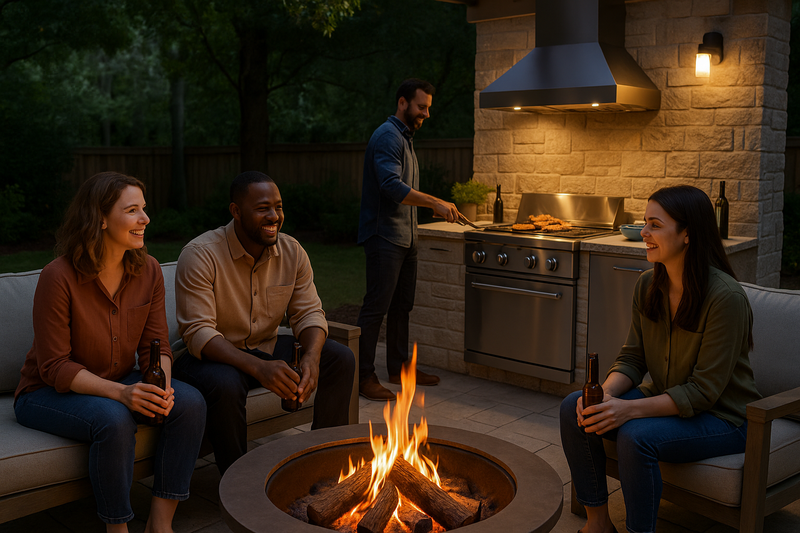
The following elements convert ordinary outdoor areas into amazing entertainment zones:
- Layout planning for safety and flow: What’s the most common mistake people make with fire pits? They put them too close to structures or seating areas. Instead, we recommend that you keep fire pits at least 3 metres from buildings and plan walkways that don’t cross cooking zones.
- Material choices that withstand weather: Stainless steel and stone are your outdoor kitchen’s best friends. These materials handle Australian weather extremes without rusting, cracking, or requiring constant maintenance like timber alternatives.
- Fire pit regulations and placement: Local council regulations are the overlooked detail that trips up most fire pit installations. Since the rules change seasonally, research current restrictions before you start. Brisbane City Council’s fire pit guidelines provide a good example of local requirements. After checking regulations, position your fire pit where prevailing winds won’t blow smoke toward seating areas.
- Essential outdoor kitchen features: Your outdoor kitchen needs three non-negotiables: proper task lighting, weather protection, and convenient access to your indoor kitchen. Skip any of these and you’ll regret it during your first dinner party.
- Lighting considerations: Nothing kills the entertaining mood faster than harsh overhead floodlights. To fix this, layer your lighting with task lights for cooking and softer ambient options for relaxing conversations.
All this stone and steel needs something to balance it out naturally.
Garden Beds and Water Features That Complete the Picture
Look, your beautiful hardscape definitely needs plants to soften those hard edges, or you’ll end up with a space that looks like a prison exercise yard.
Now, Australian natives are honestly your best bet here because they handle our crazy weather patterns. Also, they need way less water once they get established, which saves you time and money. Oh, and don’t forget to add a simple water feature like a small fountain because the peaceful sounds make such a difference.
Let me warn you about the plant placement trap. Too many plants will completely hide all that gorgeous stonework you just invested in. But then again, too few plants make everything feel cold and harsh. You want that sweet spot right in the middle.
Choosing Outdoor Furniture That Fits Your Hardscape
The wrong furniture can make even the best hardscape look like a showroom disaster. You’ve spent all this money on beautiful stone work and quality construction, so don’t ruin it with furniture that clashes or falls apart after one season.
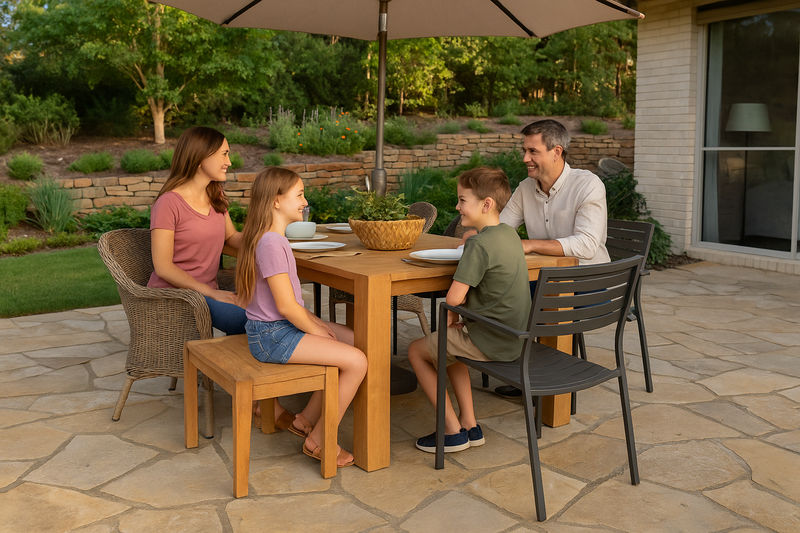
Consider these material matches for lasting style:
- Timber vs Metal vs Wicker: Which material among these works best with your stone hardscape? Well, timber furniture complements natural stone perfectly, but requires regular maintenance. Meanwhile, metal pieces last longer with minimal upkeep but can get scorching hot in summer. As for quality wicker, it offers comfort and style while handling Australian weather better than cheap alternatives.
- Weather Resistance Factors: Poor weather protection kills outdoor furniture in under two years every single time. That’s why you need powder-coated metals, properly treated timber, or quality all-weather wicker materials. Cheap furniture always promises great durability, but it rarely offers any actual proof to back up those bold claims.
- Style Matching Tips: Furniture colours should match your stone tones to create visual harmony. The easiest approach uses neutral chairs that work with any hardscape. However, bold colour choices need more planning to avoid clashing.
The pieces are all in place, but creating harmony between them is where the real artistry begins.
Design Your Backyard Into an Outdoor Paradise
The perfect outdoor space should not feel hard or impossible to achieve. Many homeowners struggle with mixing stone work, plants, and furniture well together. The right steps make changing your backyard into an entertaining space totally doable.
This guide covered planning tips, stone work, walls, outdoor kitchens, plant placement, and furniture choices. Each part works together to create a perfect balance between function and natural beauty in your outdoor space.
Ready to create your dream outdoor space? Contact Design Martus today for expert help that makes your backyard dreams real.




